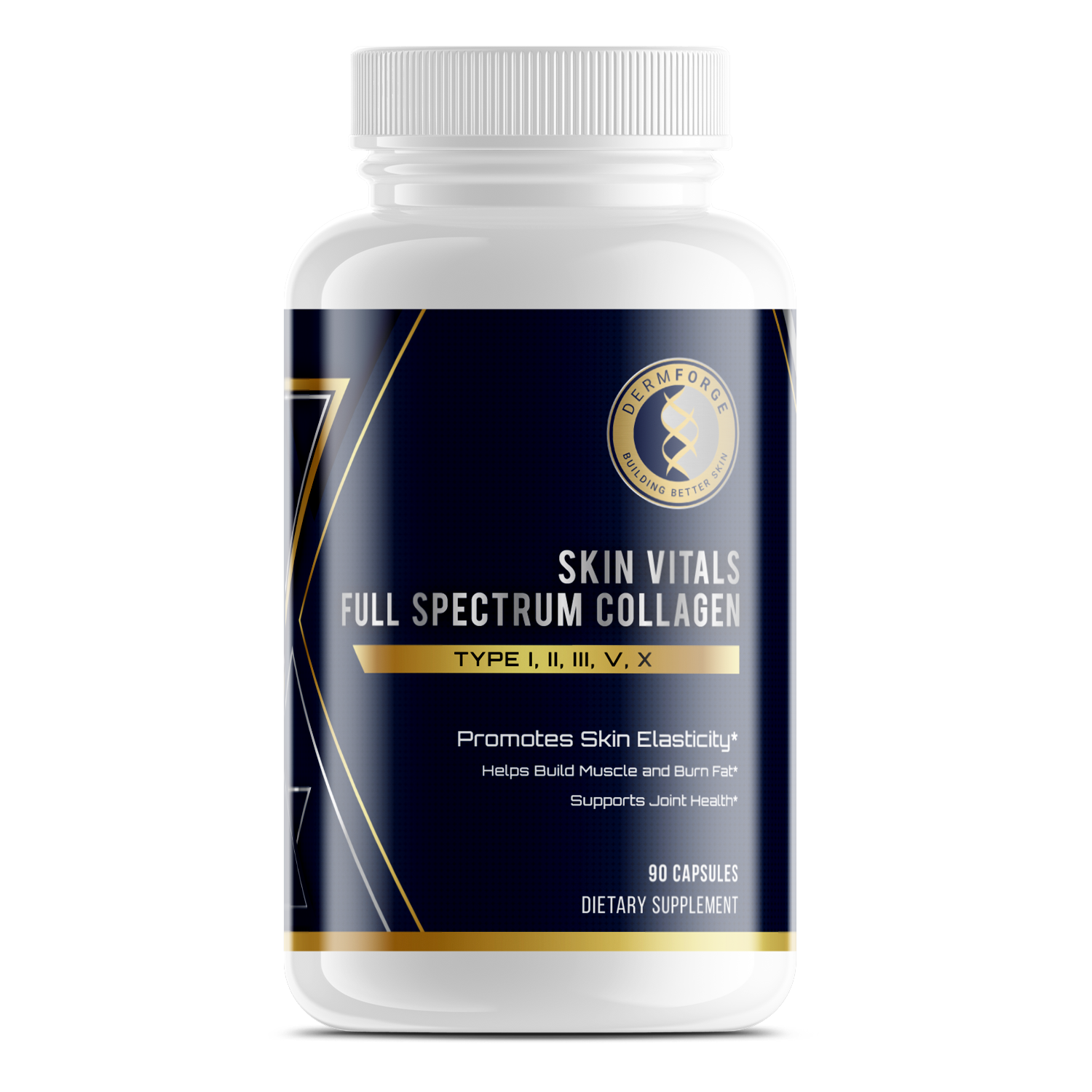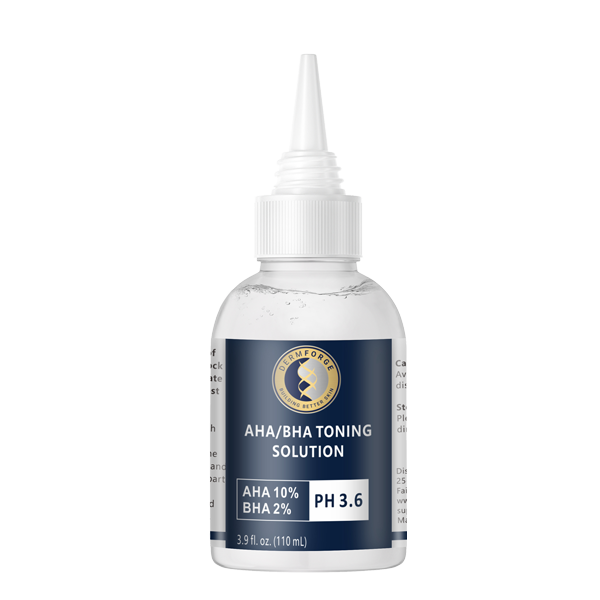Facial sagging is a common concern among many individuals as they age. The loss of skin elasticity and firmness can lead to the appearance of drooping or sagging skin, which can significantly impact one's self-confidence. This article will explore some causes of facial sagging and discuss non-surgical and surgical solutions to help revive facial skin.
Understanding Facial Sagging
Facial sagging refers to the downward displacement of facial tissues, resulting in a less defined and youthful appearance. It is primarily caused by the loss of collagen and elastin, responsible for maintaining the skin's elasticity and firmness. As we age, these proteins naturally decrease in production, leading to sagging skin and the formation of wrinkles.
Facial sagging can manifest in various ways, including drooping cheeks, jowls, and the formation of nasolabial folds. These changes can impact self-esteem and confidence, prompting many individuals to seek cosmetic procedures to address these concerns. Understanding the underlying causes of facial sagging is crucial in determining the most effective treatment options to restore a youthful appearance.
The Aging Process and Its Effects on the Skin
The aging process contributes significantly to facial sagging. Over time, our skin becomes thinner and less resilient, making it more prone to sagging. Additionally, facial muscles weaken, and fat deposits diminish, further exacerbating the appearance of sagging skin. Genetics, lifestyle choices, and environmental exposures can also accelerate the aging process and contribute to the development of facial sagging.
Sun exposure is a significant contributor to premature aging and facial sagging. Ultraviolet (UV) rays can break down collagen and elastin fibers in the skin, leading to a loss of elasticity and firmness. Protecting the skin from sun damage through the consistent use of spf 50 face sunscreen and wearing protective clothing is essential in preventing the acceleration of facial sagging. Maintaining a healthy lifestyle that includes a balanced diet, regular exercise, and adequate hydration can help support skin health and minimize the effects of aging.
Causes of Facial Sagging
Various factors can lead to facial sagging. Let's explore a few of them.
Genetic Factors in Facial Sagging
Genetics plays a crucial role in determining how our skin ages. Some individuals may inherit genes that promote collagen and elastin production, leading to a slower onset of facial sagging. On the other hand, those with a family history of facial sagging may be more susceptible to experiencing this concern at an earlier age.
Moreover, genetic variations can influence the overall structure and composition of the skin, impacting its resilience and ability to maintain firmness over time. Understanding one's genetic predisposition to facial sagging can help individuals tailor their skincare routines and lifestyle choices to better support their skin's natural aging process.
Lifestyle Factors Contributing to Facial Sagging
Unhealthy lifestyle choices can accelerate the aging process and contribute to facial sagging. Smoking, excessive alcohol consumption, poor diet, and lack of exercise can all weaken the skin's structure and diminish its elasticity. Adopting a healthy lifestyle is essential to minimizing the risk of facial sagging.
In addition to the well-known lifestyle factors that impact facial sagging, stress levels and sleep patterns can also play a significant role in skin health. Chronic stress can lead to increased production of cortisol, a hormone that can break down collagen and elastin, accelerating the aging process. Prioritizing stress management techniques and ensuring adequate quality sleep can positively influence skin elasticity and firmness.
Environmental Causes of Facial Sagging
Exposure to environmental factors can also contribute to facial sagging. Prolonged sun exposure, pollution, and harsh weather conditions can damage the skin's collagen and elastin fibers. Protecting the skin from harmful UV rays, pollution, and extreme temperatures can help prevent the onset of facial sagging.
Furthermore, indoor environmental factors such as central heating and air conditioning can also impact skin hydration levels and contribute to a loss of elasticity. Maintaining a well-balanced indoor environment with proper humidity levels and hydration can support the skin's natural barrier function and resilience against external stressors.
Non-Surgical Solutions for Facial Sagging
Several non-surgical options can help combat facial sagging. Let's examine a few of them.
Topical Treatments for Facial Sagging
Various topical treatments are available that can help improve the appearance of facial sagging. Ingredients such as retinol, hyaluronic acid, and peptide skin serum have been shown to stimulate collagen production and improve skin firmness. Regularly using these products can help tighten sagging skin and reduce the visible signs of aging.
When selecting topical treatments for facial sagging, it's essential to consider your skin type and any specific concerns you may have. Retinol, a form of vitamin A, is known for its ability to increase cell turnover and boost collagen production, making it a popular choice for addressing sagging skin. On the other hand, hyaluronic acid is a powerful humectant that can attract and retain moisture in the skin, helping plump and hydrate sagging areas. Peptides are another key ingredient to look for, as they can help improve skin elasticity and firmness over time.
Facial Exercises to Combat Sagging
Facial exercises can help tone and strengthen the underlying facial muscles, promoting a more lifted and youthful appearance. These exercises target specific areas of the face, such as the cheeks, jawline, and neck, helping to lift sagging skin and improve overall facial contour. Incorporating facial exercises into your skincare routine can yield noticeable results over time.
It’s important to be gentle and consistent when practicing facial exercises to avoid causing unnecessary strain on the delicate facial muscles. Focus on exercises that target areas of concern, such as the nasolabial folds or forehead wrinkles, and perform them regularly for optimal results. By incorporating facial exercises into your daily routine, you can help maintain muscle tone and prevent further sagging.
Nutritional Approaches to Improve Skin Elasticity
A balanced diet rich in nutrients can significantly impact the health and appearance of your skin. Consuming foods high in antioxidants, vitamin C serum for face and E, and omega-3 fatty acids can help improve skin elasticity and combat facial sagging. Staying hydrated and avoiding excessive sugar and processed foods can contribute to healthier, more resilient skin.
Certain foods and a nutrient-rich diet are particularly beneficial for promoting skin elasticity and firmness. Berries, citrus fruits, and leafy greens are excellent sources of antioxidants and vitamins that can help protect the skin from oxidative stress and improve collagen production.
Incorporating foods like salmon, chia seeds, and walnuts, which are high in omega-3 fatty acids, can also support skin health and enhance elasticity. By nourishing your skin from the inside out, you can help combat facial sagging and maintain a youthful complexion.
Surgical Solutions for Facial Sagging
Individuals seeking more immediate and dramatic results may opt for surgical solutions to address facial sagging. Procedures such as facelifts, neck lifts, and brow lifts can effectively tighten sagging skin and restore a youthful appearance. These procedures involve the removal of excess skin and tightening of facial muscles to provide long-lasting results.
Facelifts, also known as rhytidectomies, are popular surgical procedures targeting sagging facial and neck skin. During a facelift, incisions are carefully made to lift and reposition the underlying tissues, resulting in a smoother and more youthful facial contour.
Neck lifts specifically target sagging skin and muscle bands in the neck area, creating a more defined jawline and eliminating the appearance of a "turkey neck." Brow lifts, on the other hand, focus on lifting the brow area to reduce forehead wrinkles and restore a more alert and rejuvenated look.
Risks and Benefits of Surgical Interventions
It is essential to carefully weigh the risks and benefits of surgical interventions for facial sagging. While these procedures can yield remarkable outcomes, they involve inherent risks such as infection, scarring, and anesthesia-related complications. Consulting with a qualified plastic surgeon is crucial to understanding surgical interventions' potential risks and expected outcomes.
Despite the risks involved, surgical interventions for facial sagging offer long-lasting results that can significantly enhance a person's self-confidence and quality of life. The benefits of these procedures extend beyond physical appearance, as many individuals report feeling more youthful, energetic, and positive after undergoing facial rejuvenation surgery.
Individuals considering these procedures should have realistic expectations and diligently follow post-operative care instructions to optimize results and minimize complications.
Prevention Strategies for Facial Sagging
There are strategies you can use to help prevent facial sagging. Let’s delve into some of them.
Skincare Habits to Prevent Facial Sagging
Adopting a comprehensive skincare routine can help prevent or minimize the onset of facial sagging. This includes cleansing the skin twice daily, exfoliating regularly, and applying sunscreen with a broad-spectrum SPF. Additionally, incorporating anti-aging products into your routine, such as serums and moisturizers, can provide added hydration and support for the skin's natural elasticity.
Furthermore, it is essential to remember that the skin around the eyes is delicate and requires special care. Using a retinol under eye cream with ingredients like hyaluronic acid and peptides can help reduce the appearance of fine lines and wrinkles, preventing sagging in that area. Gently massaging the eye cream into the skin using your ring finger can also improve circulation and promote a more youthful look.

Lifestyle Changes to Minimize Facial Sagging
Making certain lifestyle changes can also effectively minimize the risk of facial sagging. Quitting smoking, reducing alcohol consumption, eating a balanced diet, and getting regular exercise can all help promote healthier skin and delay the signs of aging. Additionally, practicing stress management techniques, such as meditation or yoga, can prevent the development of stress-related sagging.
Moreover, getting an adequate amount of sleep is crucial for skin health. During deep sleep, the body repairs and regenerates tissues, including the skin. Lack of sleep can lead to increased cortisol levels, which can break down collagen and elastin, contributing to sagging skin. Aim for 7-9 hours of sleep each night to support skin rejuvenation and maintain its firmness.
Importance of Sun Protection in Preventing Facial Sagging
Protecting the skin from harmful UV rays is paramount in preventing facial sagging. Prolonged sun exposure can damage collagen and elastin fibers, leading to accelerated skin aging. Therefore, it is essential to wear sunscreen daily, seek shade when the sun is strongest, and wear protective clothing and accessories, such as hats and sunglasses, to shield the face from harmful sun rays.
In addition to sunscreen, using antioxidant-rich skincare products can provide an extra layer of defense against environmental aggressors. Antioxidants like vitamins C and E help neutralize free radicals caused by UV exposure, preventing oxidative stress and maintaining skin's firmness. Incorporating these products into your daily skincare routine can enhance the protective effects of sunscreen and promote overall skin health.
Conclusion
Facial sagging is a natural part of aging but can be addressed. Various approaches are available to address facial sagging, from understanding the underlying factors contributing to sagging skin to implementing preventive strategies and exploring non-surgical and surgical interventions. By adopting a holistic approach that combines healthy lifestyle choices, proper skin care, and, if necessary, professional treatments, individuals can effectively combat facial sagging and achieve a more youthful and rejuvenated appearance.
Ready to reclaim firmer, more youthful-looking skin? Explore DermForge’s collection of skincare solutions, including high-dose collagen supplements, to help tighten sagging skin. Shop now and take the first step toward a firmer, more radiant appearance.






